Thinking About an Undercut? A Stylist’s Unfiltered Guide
I’ve been standing behind a salon chair for a long, long time. Long enough to see styles come, go, and then circle back around again, looking a little different each time. The undercut is one of those classics. It’s more than just a trendy haircut; it’s a technical statement that takes real skill from the stylist and a solid commitment from the person wearing it.
In this article
It can feel incredibly freeing, but let’s be honest, it’s not a decision you should make on a whim. So many articles just splash you with cool photos, but I want to get into the nitty-gritty of what it’s actually like to get an undercut, live with it, and keep it looking sharp. We’re going to cover the technical stuff, the real conversations you need to have with your stylist, and the truth about upkeep and that dreaded grow-out phase. This is the same straight talk I give my own clients before we even think about plugging in the clippers.
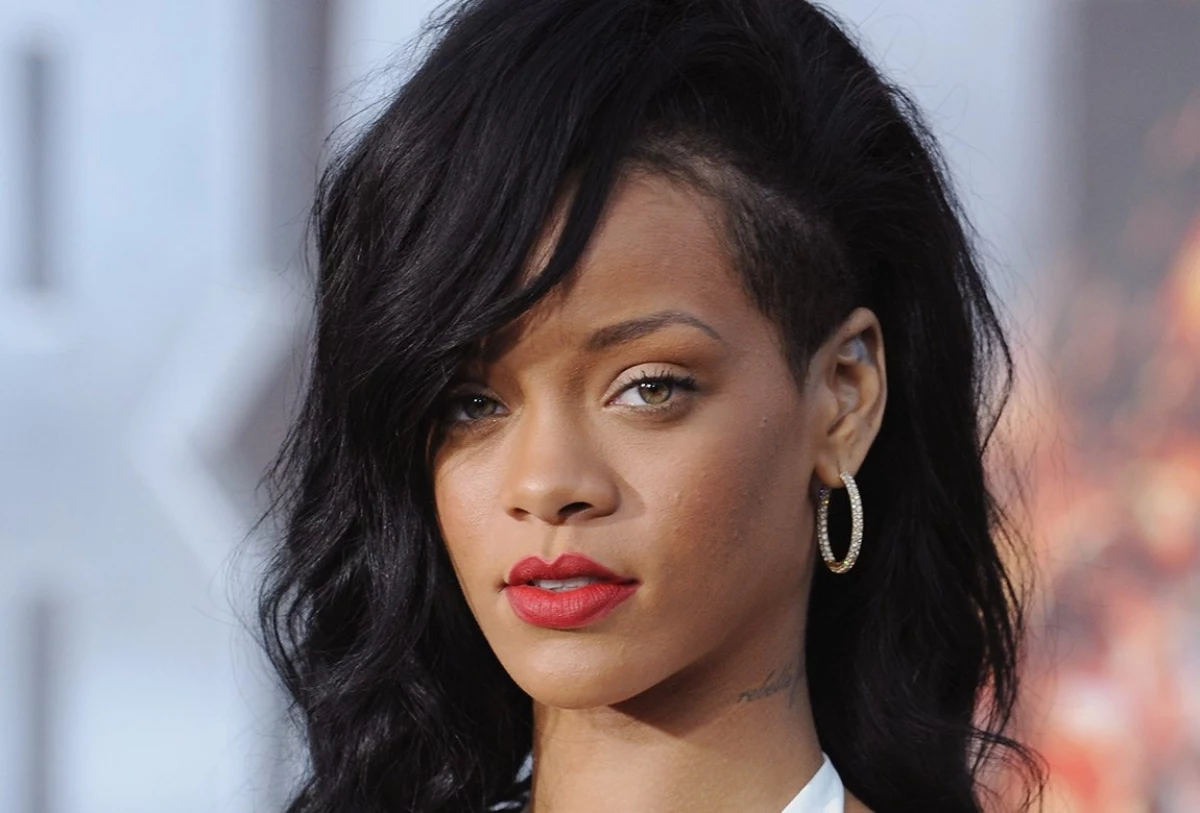
It All Starts With Your Head Shape (and Hair)
Before we even dream about cool designs or how short to go, we have to look at the canvas itself. That’s your head and the unique way your hair grows on it. A great stylist doesn’t just see a head of hair; they see bone structure, growth patterns, and how thick or fine your hair is. These details are everything when it comes to how an undercut will look and behave.
Your skull isn’t a perfect sphere, by the way. A good undercut is mapped to your specific anatomy, mainly the occipital bone and the parietal ridge. The occipital bone is that bump you can feel at the back of your head, near your neck. A classic hidden undercut sits right below it, which is perfect because it allows the longer hair on top to drape over it seamlessly. The parietal ridge is the widest part of your head, where the top starts to curve down toward the sides. For a side undercut, we often cut right up to that ridge. A pro will map this out to make sure the cut flatters your head shape instead of fighting it. A poorly placed shave can make your head look strangely flat or lopsided. No thank you.
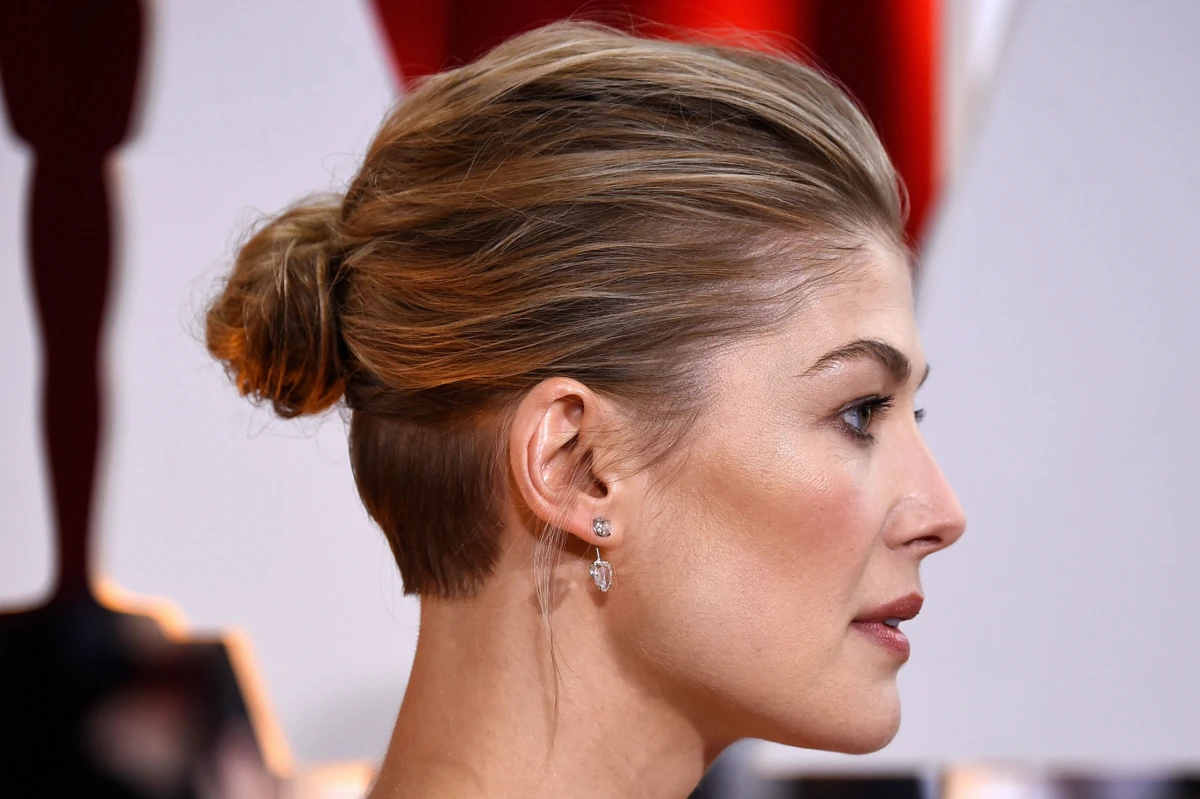
Density and Cowlicks Matter. A Lot.
Hair density—basically, how many hairs you have packed into each square inch—is a huge factor. If you have super dense, thick hair, a really short undercut (what we call a “skin fade”) looks incredibly solid and clean. But on someone with finer or lower-density hair, that same super-short cut can look a bit sparse and show more scalp than you might be comfortable with. For my finer-haired clients, I often suggest leaving it a little longer, maybe using a
2 or
3 guard, to give the illusion of more fullness.
And then there are cowlicks. Oh, the cowlicks. These little swirls of hair that grow in their own direction are my old nemeses, especially at the nape and crown. If you have a strong cowlick right where you want to shave, that hair is going to want to stick straight out as it grows back. A good stylist knows how to fade the area to manage this or will at least give you a heads-up that your grow-out might be a little more… rebellious.
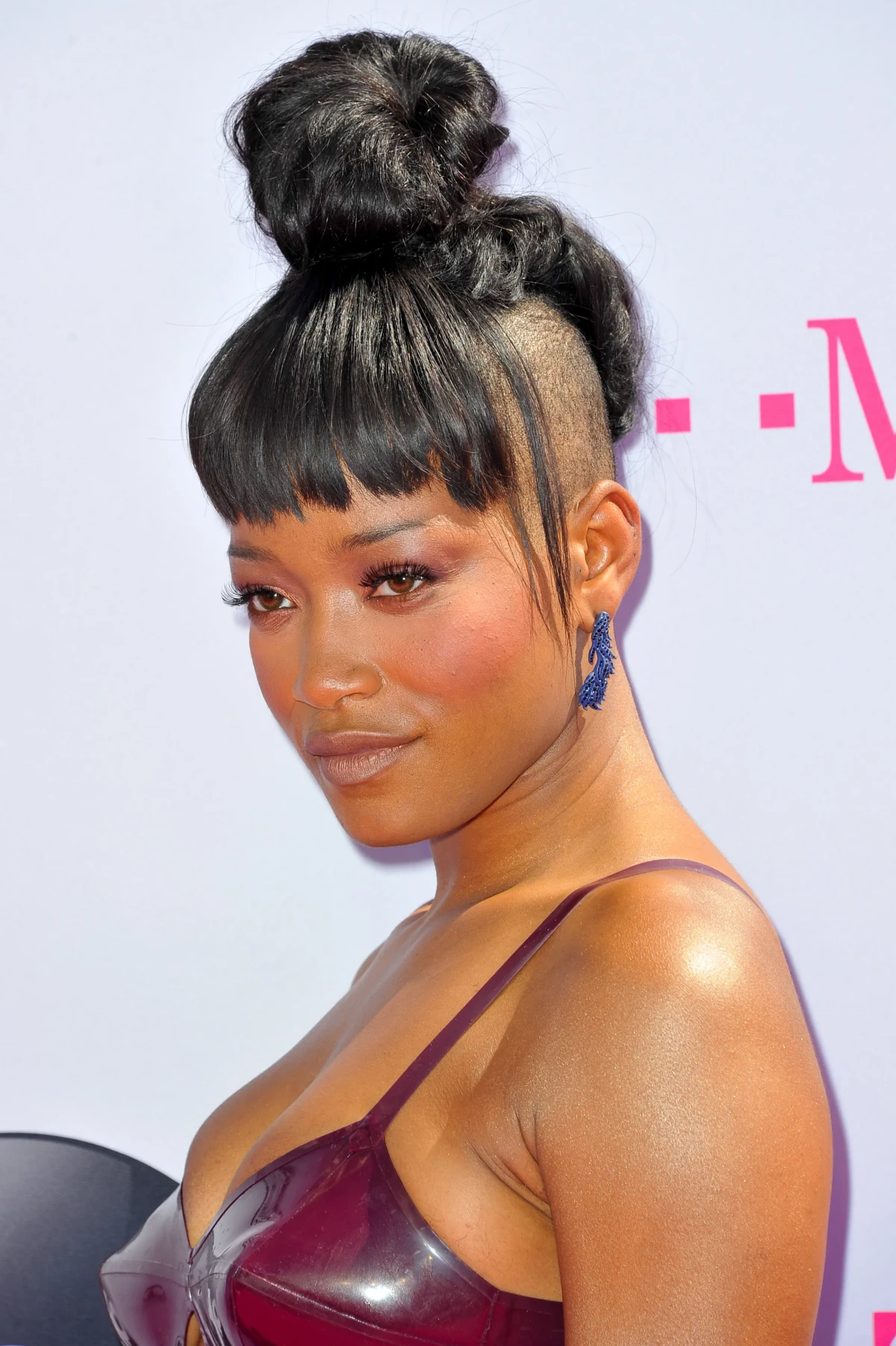
The Consultation: The Most Important 15 Minutes
A fantastic undercut always, always begins with an honest chat. I block out at least 15 minutes for any new undercut client just to talk. If a stylist grabs the clippers within two minutes of you sitting down, consider that a major red flag.
- Your Lifestyle is Key: Do you work in a conservative office or a laid-back creative field? While things are definitely more relaxed these days, a very visible side shave might not fly with a strict dress code. A hidden nape undercut is a perfect compromise—it’s your little secret until you throw your hair up. Be real about your day-to-day life.
- Let’s Talk Commitment (Time and Money): How often are you truly willing to be in my chair? A sharp, faded undercut needs a touch-up every 2 to 3 weeks to stay crisp. A slightly longer, softer style can maybe stretch to 4 or 5 weeks. This is a recurring appointment you have to budget for. Expect the initial cut to run anywhere from $50 to $90, depending on the salon and city. Those cleanups are usually quicker and cheaper, maybe in the $25 to $45 range.
- Your Daily Styling Habits: The long hair on top still needs to be styled! If you plan to wear it up a lot to show off your new look, you need enough length to actually pull it up. If you prefer wearing it down, we need to ensure the top layer gives you full, non-patchy coverage.
By the way, if you’re on the fence, here’s a lesser-known trick: try a no-risk trial run. Braid a section of your hair on the side or at the nape very tightly for a few days. It mimics the feeling of exposed skin and the asymmetrical look, so you can see how you feel before making the chop.
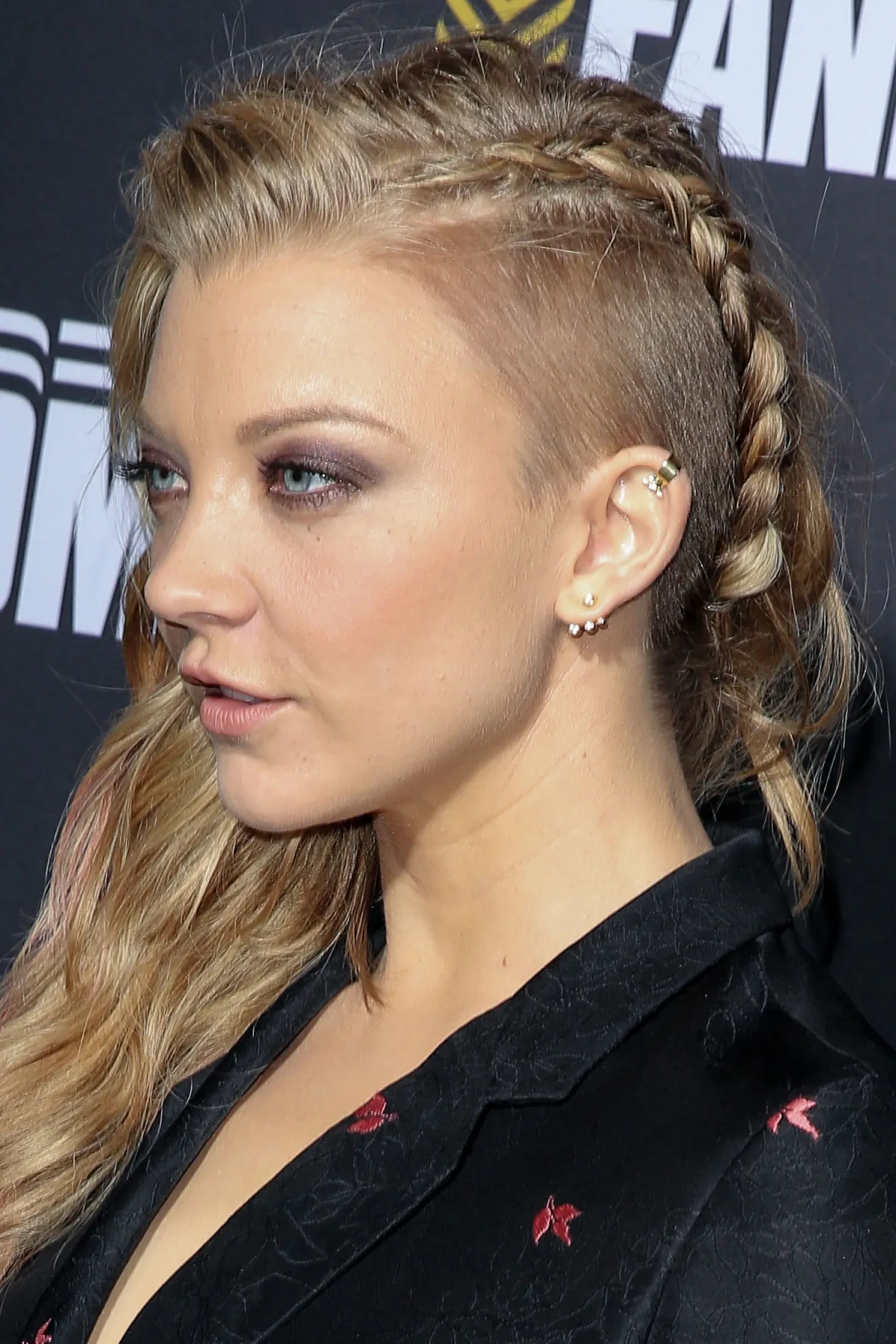
A Look Behind the Chair: The Tools and Techniques
Creating a balanced, clean undercut isn’t just a quick buzz-over. It’s a craft that uses specific tools and a methodical approach. It’s geometry mixed with a steady hand.
The Tools of the Trade
We use a whole arsenal of gear. My station is stocked with professional-grade clippers from top brands because their powerful motors cut through any hair type without pulling or snagging.
- Clipper Guards: These are the plastic or magnetic combs that snap onto the clipper to control the length. (Quick tip for beginners: the lower the number, the shorter the hair! A
1 guard leaves about 1/8th of an inch, while a
0 gets you right down to the skin.) We have a whole range of them.
- Trimmers: Think of these as the detailers. They’re smaller, finer clippers we use to create those razor-sharp outlines and intricate design work.
- Foil Shaver: For that true “bald fade” look that blends right down to smooth skin, this is the tool. It’s used after the clippers and requires a very light touch to avoid irritating your scalp.
- Shears and Combs: Blending the shaved part into the long hair on top is an art form. We often use a technique called scissor-over-comb to create a soft, seamless transition, avoiding that harsh “bowl” look (unless that’s what you’re going for!).
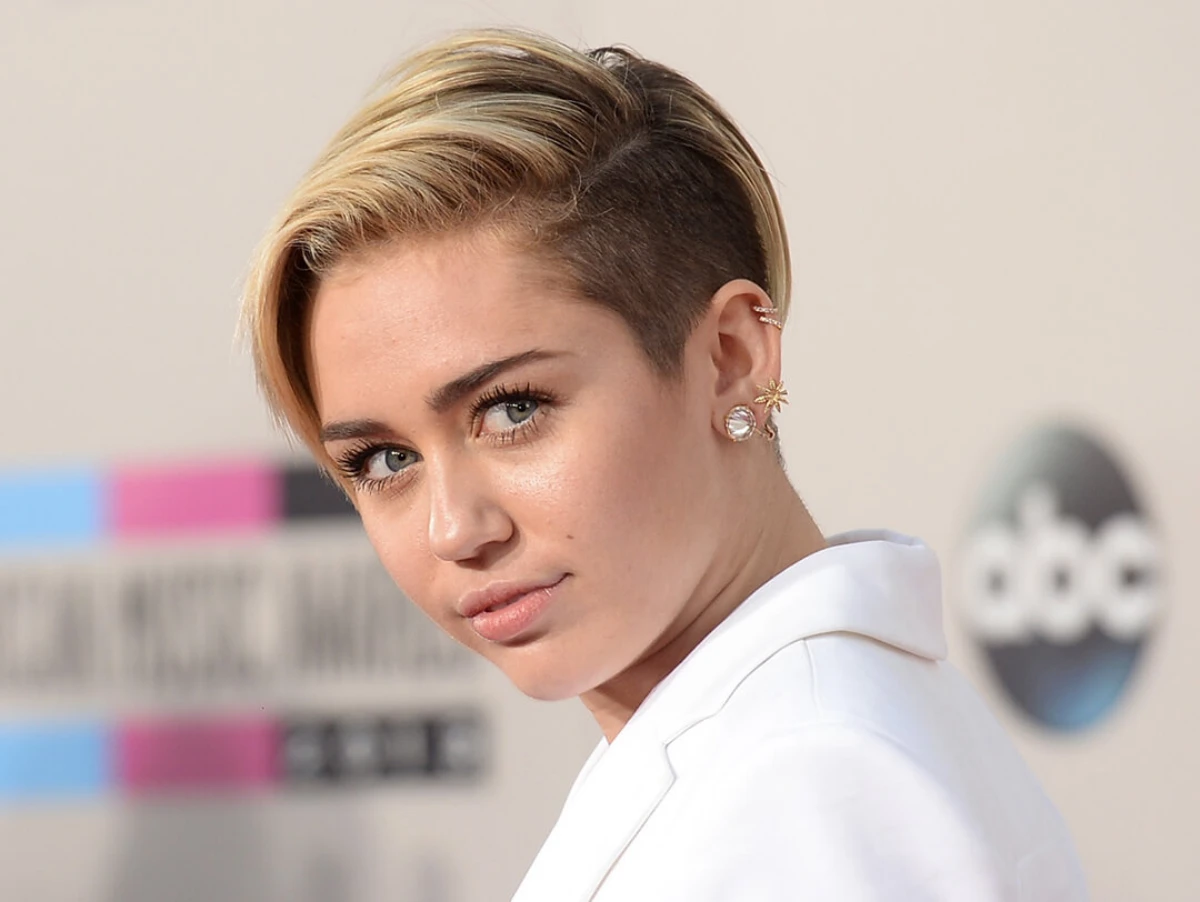
Popular Undercut Styles: From Subtle to Statement
The word “undercut” covers a lot of ground. The right one for you really depends on your end goal.
The Hidden Nape Undercut
This is the most popular entry point, for sure. We shave a section—often a V-shape or a soft curve—at the nape of your neck. When your hair is down, it’s completely invisible. It’s fantastic for removing extra bulk from thick hair (a lifesaver in the summer!) and adds a stunning surprise when you put your hair in a ponytail. Maintenance is a bit more forgiving here, and the grow-out is probably the least painful of all the options.
The Asymmetrical Side Undercut
Okay, this one is a bolder choice. A section on one side of your head is shaved, creating a very striking, edgy look. It requires more thought about your face shape and how you part your hair. The key here is the blend. The top hair needs to be cut so it can be swept over to hide the shave when you want, or styled away to show it off. Just know, this one has high visibility and requires more frequent maintenance to avoid looking messy. Honestly, the grow-out is a much bigger commitment.
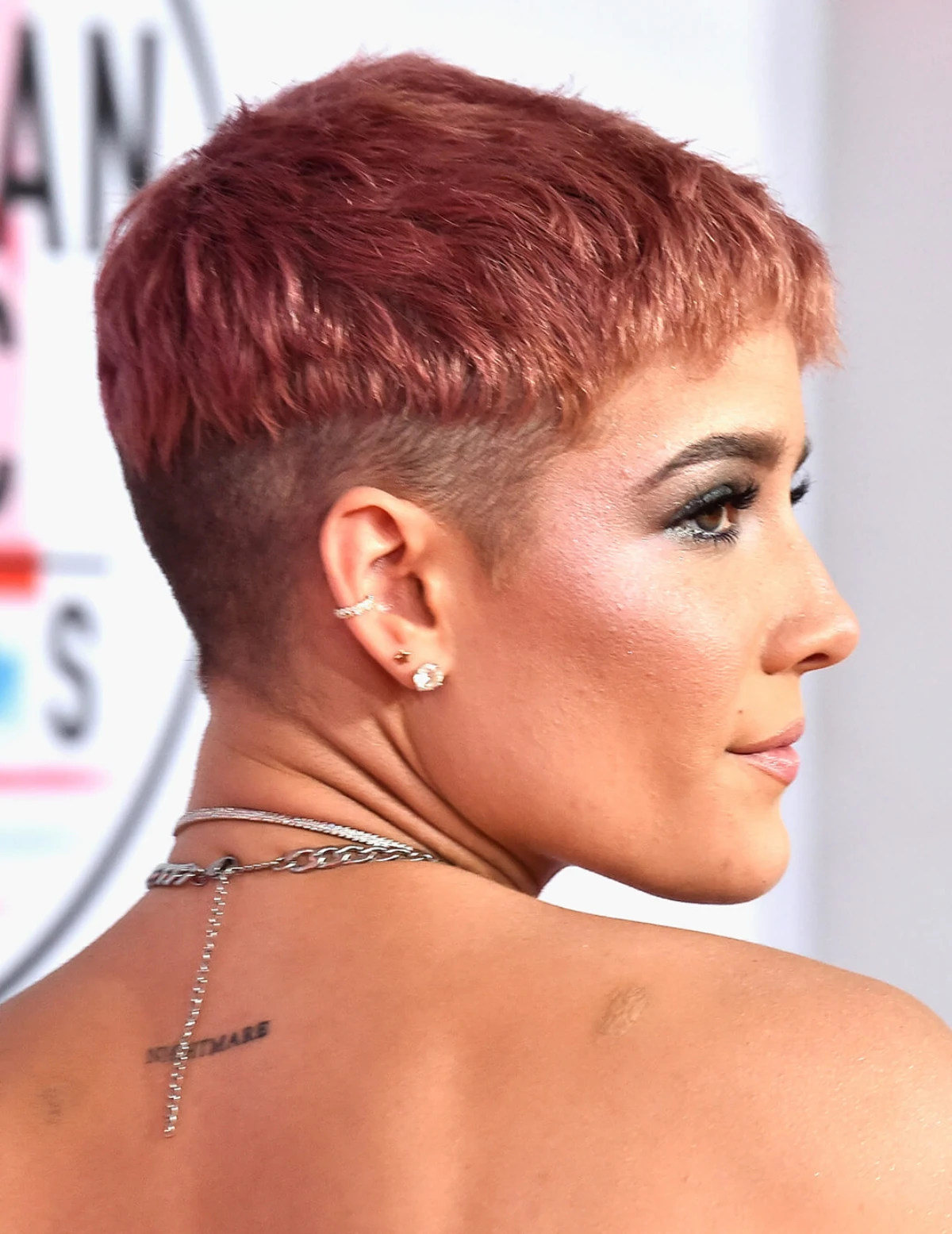
Undercut Designs
This is where things get really fun. Designs can range from simple lines to complex geometric or floral patterns. My professional take? Bold, clean lines usually look better and grow out more gracefully than super-fine, detailed work. A lotus flower with thick petals will hold its shape much longer. Also, designs show up best on dark, coarse hair. They can get a bit lost on fine, light-colored hair. A sharp design looks perfect for about a week, maybe 10 days, then the regrowth softens the edges. A design will also add a little to the cost, maybe an extra $10 to $20.
The Grow-Out Gauntlet: Your Survival Guide
This is the conversation that builds real trust. A great haircut is a partnership, and that includes navigating the awkward phases. Let’s break down what to expect when you decide to grow it out.
- Weeks 3-6: The “Fuzzy Velcro” Stage. Your hair will be about a quarter-inch long, and it will feel prickly. It might even snag on your sweaters. This is when a cute bandana, a silk scarf, or a little light-hold pomade can be your best friend to smooth things down.
- Months 2-4: The Awkward Mini-Mullet/Shelf Stage. This is the toughest part. The shaved section is now long enough to stick out but too short to do anything with. It can create a weird “shelf” under your top layer. Your best weapons here are strategically placed bobby pins and clips. I had one client who used this phase to experiment with all kinds of fun hair clips she’d never touched before and ended up discovering a whole new signature style!
- Months 5+: The Blending Phase. You’ve made it! At this point, you have enough length for your stylist to start blending the grown-out section into the rest of your hair, maybe by adding some soft layers. It’s downhill from here.
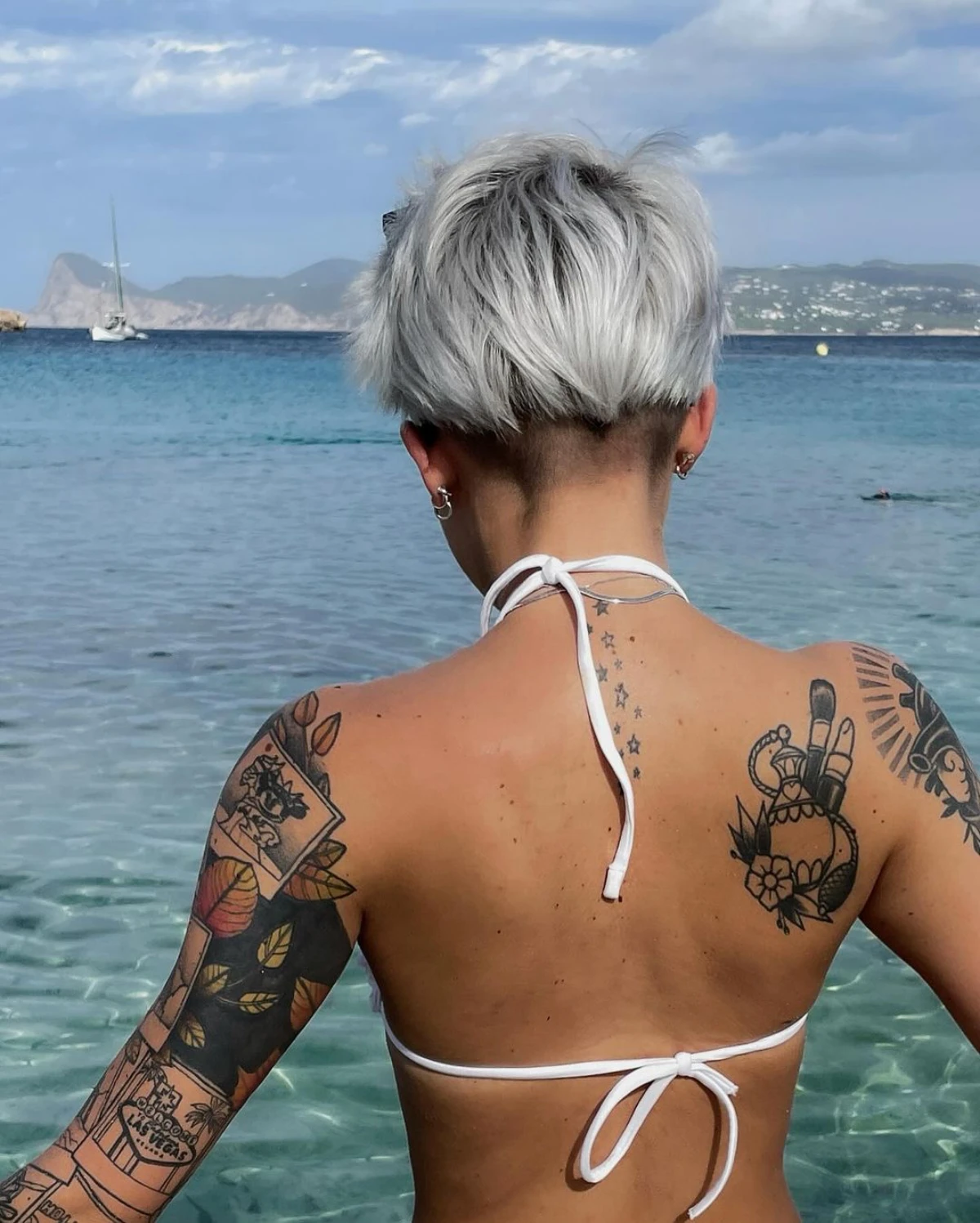
Quick Tip: Your Scalp Needs Love, Too!
Don’t forget that newly exposed skin! A freshly shaved scalp can sometimes get itchy, flaky, or develop little bumps. To keep it happy, use a gentle exfoliant (a soft brush or a simple sugar scrub works wonders) a couple of times a week to prevent ingrown hairs. If you feel any irritation right after a fresh cut, a little soothing aloe vera gel or witch hazel can be incredibly calming. It only takes a minute and makes a huge difference.
Galerie d’inspiration
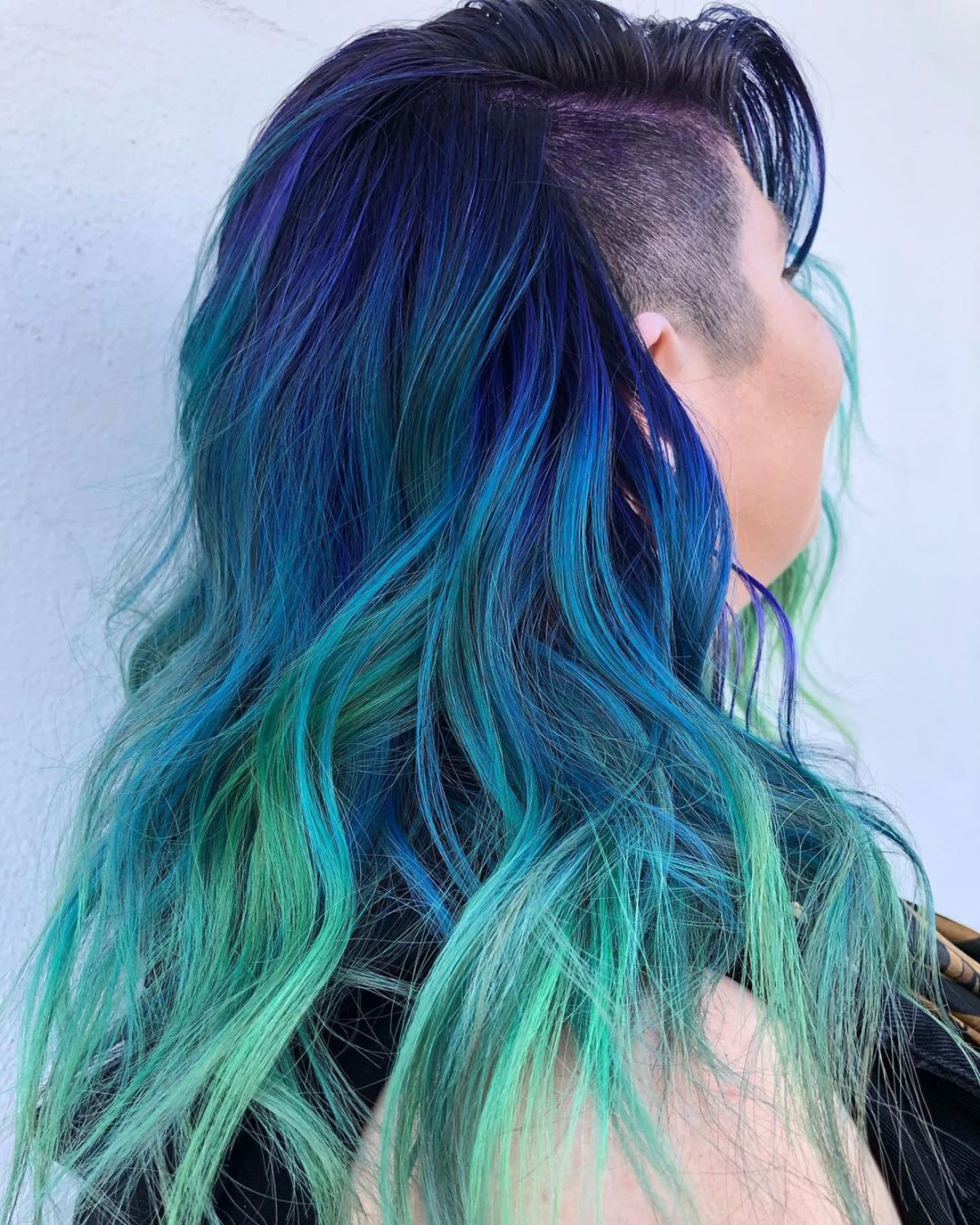
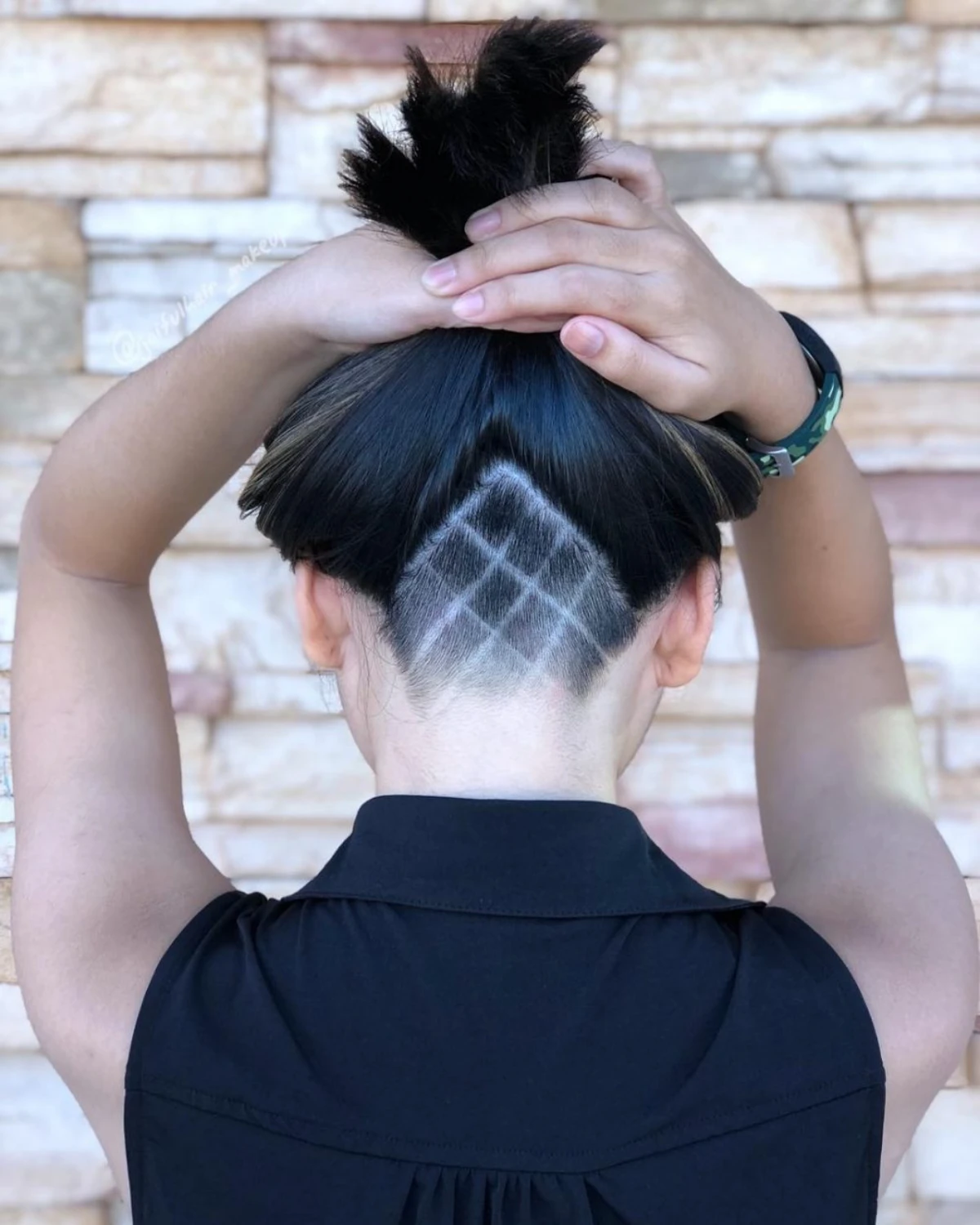
What’s the plan for growing it out?
It’s the one question everyone forgets to ask in their excitement. The best time to plan your undercut’s exit strategy is before you even get it. A great stylist helps you envision the entire lifecycle of the cut. For the first few months, as the shaved part grows, the length difference can be awkward. Plan to transition into an edgy pixie cut by shortening the top layers, or embrace an asymmetrical bob. Headbands and strategically placed barrettes will be your best friends during this phase, turning a challenge into a new style opportunity.
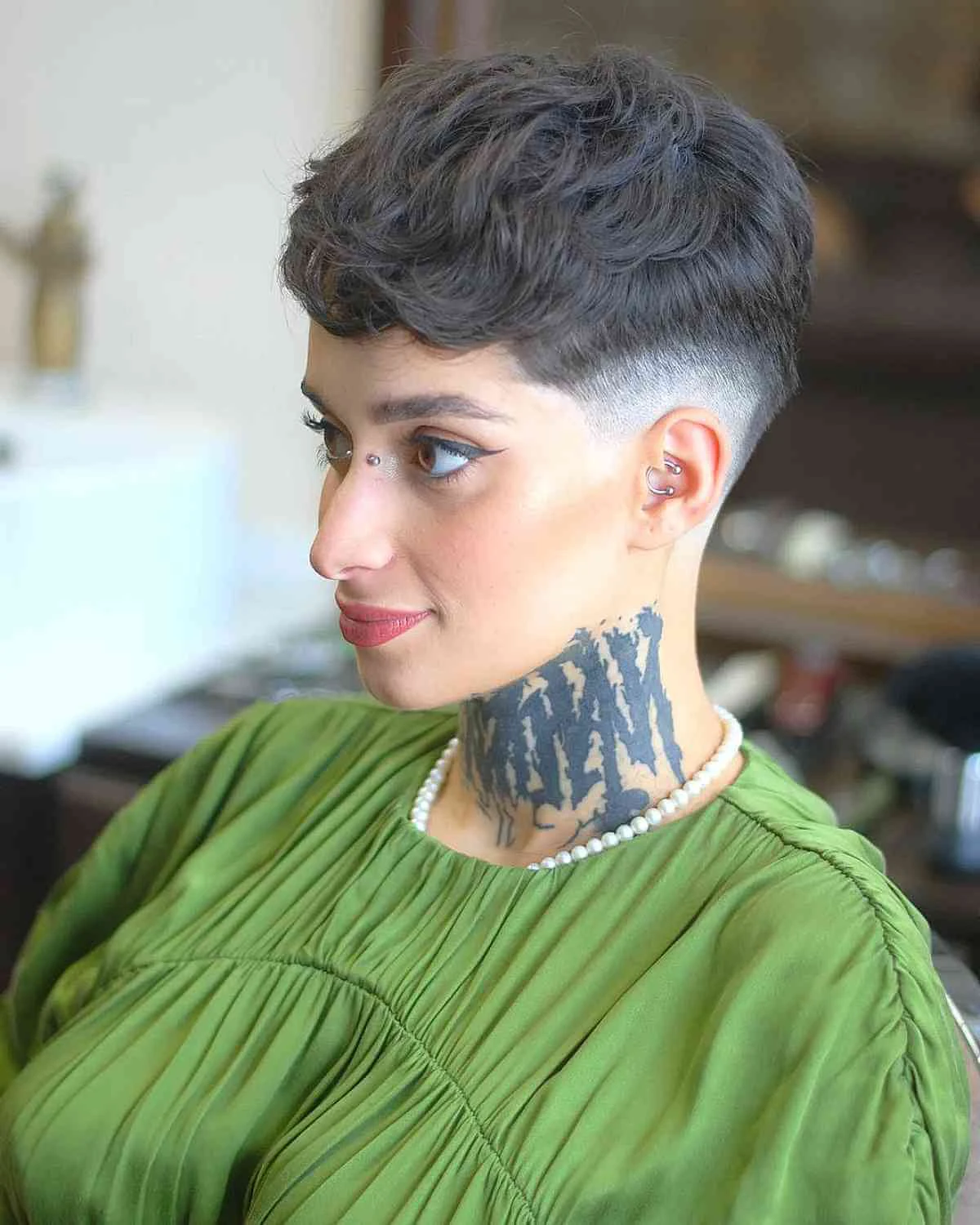
The skin on your scalp, suddenly exposed by an undercut, is just as vulnerable to the sun as your face.
Treat it with the same care. A lightweight, broad-spectrum sunscreen with at least SPF 30 is non-negotiable to prevent sunburn and long-term damage. In the evenings, a gentle, non-comedogenic moisturizer can soothe any irritation from clippers and prevent the dreaded dry flakes that can ruin a sharp look.

For Clean Lines: A professional-grade detail trimmer, like the Andis T-Outliner, is what stylists use for those razor-sharp edges and intricate designs. Its T-blade offers precision for maintaining the perimeter between salon visits.
For Maintaining Length: A cordless clipper set, such as the Wahl Magic Clip, is your workhorse. With multiple guard attachments, you can easily keep the buzzed section at a consistent length, preventing it from looking overgrown.
- A surprising coolness on your neck with every breeze.
- The unique, soft-bristly texture you can’t resist touching.
- The way updos and ponytails suddenly have a double identity: classic from one angle, edgy from another.
The secret? An undercut is more than a haircut; it’s a change in your daily sensory experience.










